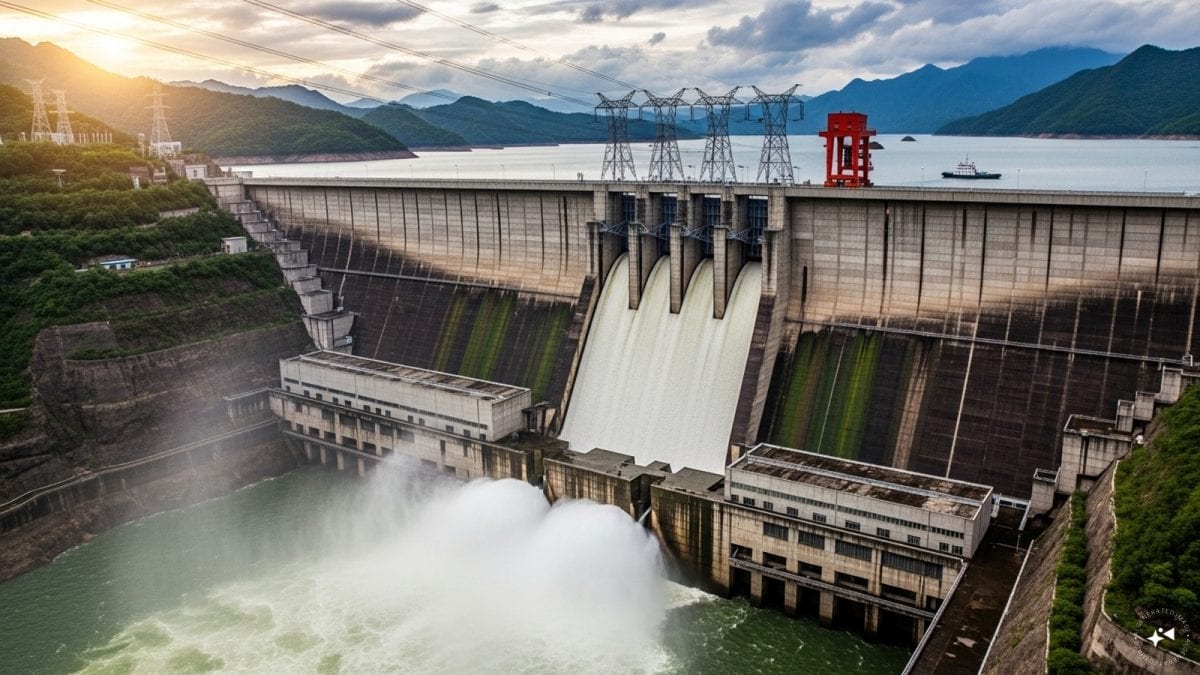

India has voiced strong concerns regarding China's construction of a mega-dam on the Yarlung Tsangpo River in Tibet, a project that has the potential to significantly impact the ecology and water security of South Asia. The Yarlung Tsangpo becomes the Brahmaputra River as it flows into India, specifically through Arunachal Pradesh and Assam, before continuing into Bangladesh.
The Ministry of External Affairs (MEA) in India has stated that it is closely monitoring the hydropower project. The government has consistently raised its concerns with Chinese authorities, emphasizing the importance of transparency and consultation with downstream countries to ensure their interests are not harmed.
These concerns were recently reiterated during External Affairs Minister S. Jaishankar's visit to China in July for the Shanghai Cooperation Organisation (SCO) Foreign Ministers' Meeting. India has urged China to resume sharing hydrological data, especially during critical monsoon periods, a practice that China has previously suspended.
The Yarlung Tsangpo dam is planned to be the world's largest hydropower facility, with an estimated annual capacity of 300 billion kilowatt-hours, which is three times that of the Three Gorges Dam. While China promotes the dam as a part of its renewable energy strategy, India remains apprehensive that the project could allow Beijing to control water flows in South Asia, potentially using it as a strategic tool.
Specifically, there are worries about the dam's potential impact on water supply, the risk of flooding due to intentional or unintentional operation of reservoirs, and the disruption of sediment flow, which could harm fragile ecosystems. Some experts have also raised the possibility of unforeseen events such as dam failure, landslides, or earthquakes exacerbating the situation.
India remains focused on safeguarding the lives and livelihoods of its citizens residing in the downstream areas. The concerns are not just limited to water security but also extend to potential impacts on ecosystems and the possibility of escalating border tensions. It's viewed not merely as a neighborly dispute, but as a matter of water security for millions residing in Northeast India and Bangladesh.
The Indian government has conveyed its concerns to China through established expert-level mechanisms and diplomatic channels. As a lower riparian state with established rights to the waters of trans-border rivers, India has consistently emphasized the need for transparency and consultation.